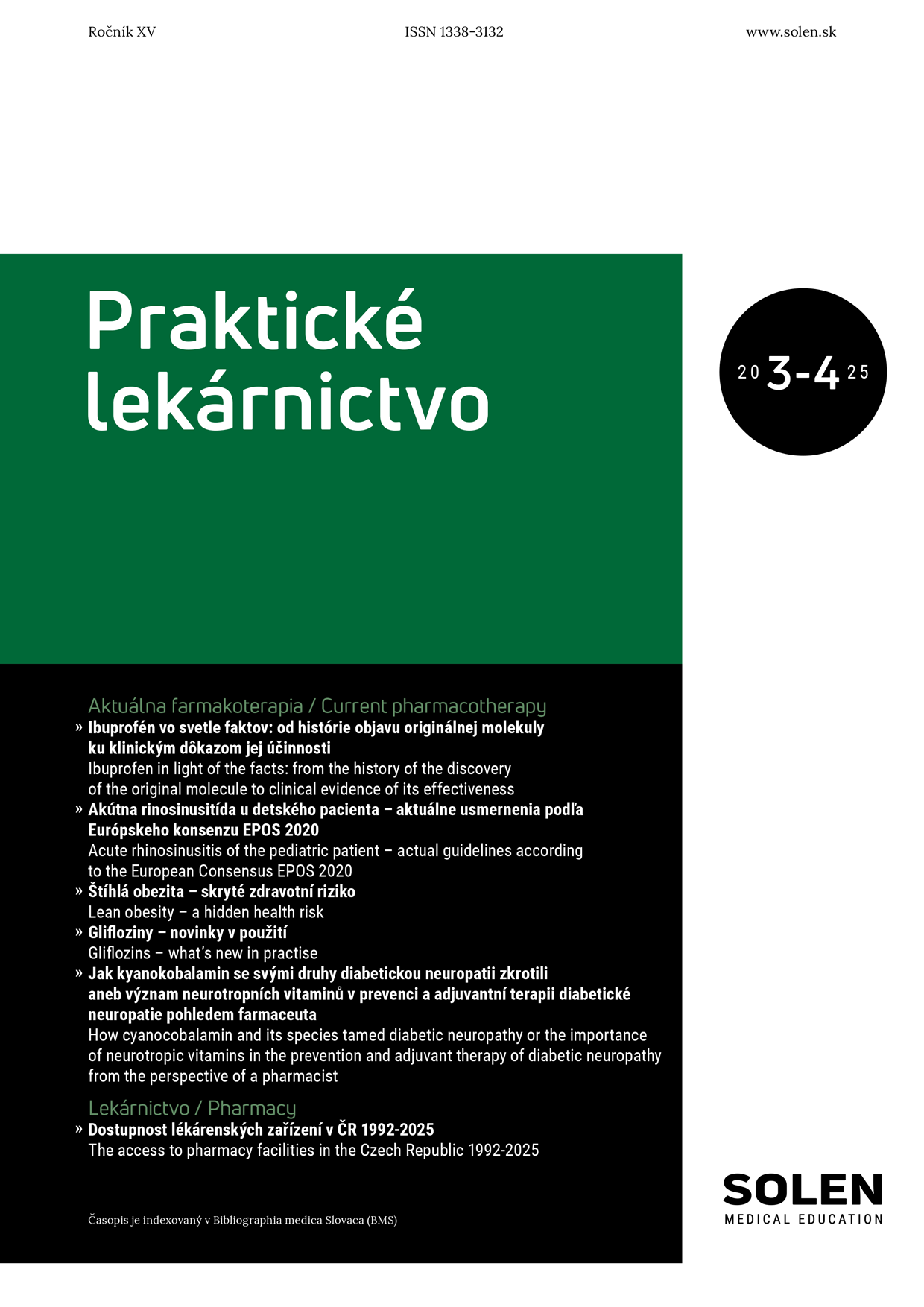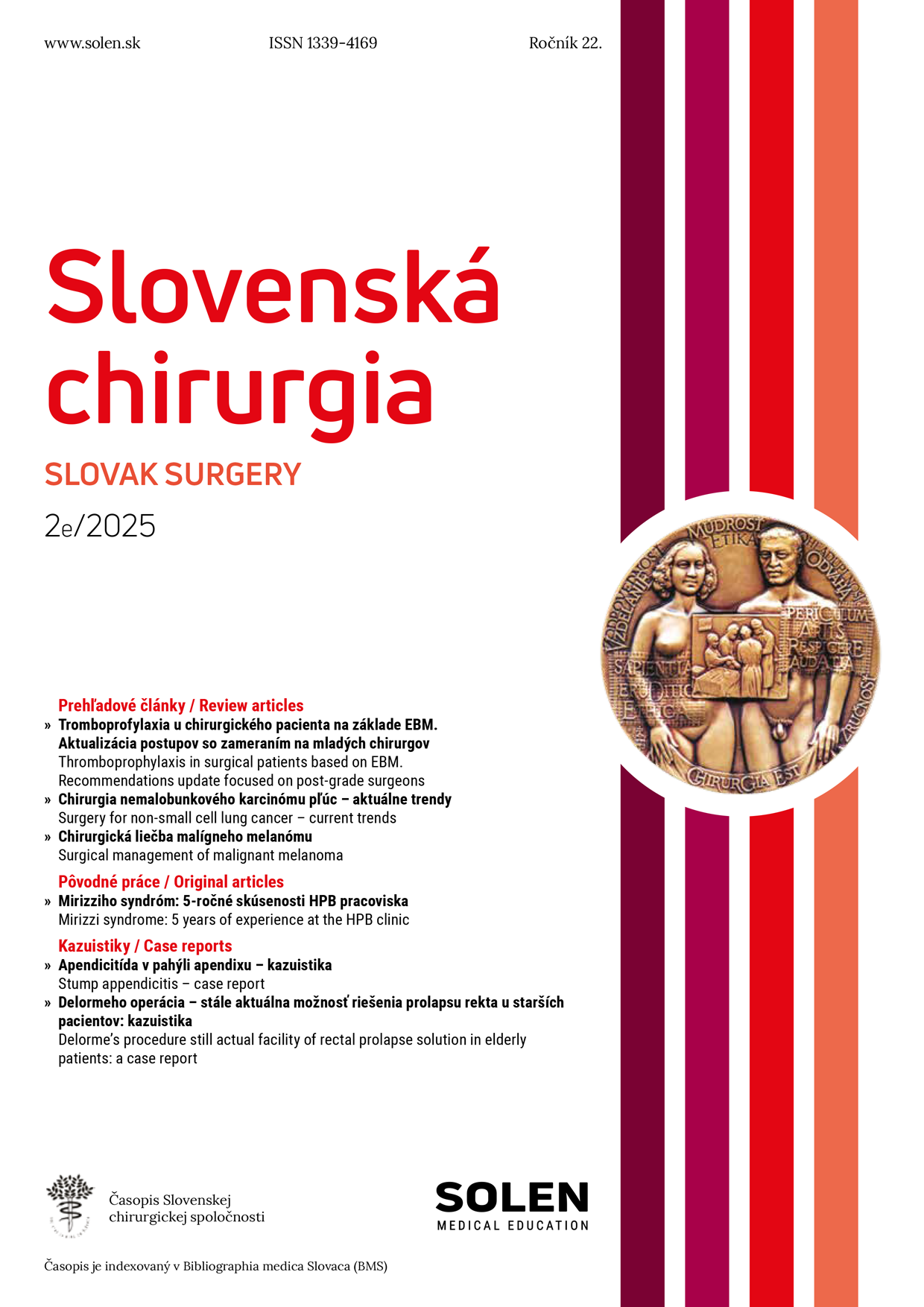Neurológia pre prax 6/2021
Segawa syndrome, dopa-responsive dystonia
Segawa syndrome is an autosomal dominant type of dystonia, first described by Dr. Segawa in 1971. The onset of dystonia is usually in childhood, and is mostly misdiagnosed as cerebral palsy. Characteristics features include lower limb dystonia, young onset, worsening of the symptoms during the day and dramatic response to levodopa therapy. The disease is caused by a deficiency of GTP-cyclohydrolasis, and the diagnosis is established by genetical proof for GCH1 mutation. We would like to present a case-report of a 12-year-old girl, diagnosed with dopa-responsive dystonia, which has been initially misdiagnosed as cerebral palsy.
Keywords: dopa-responsive dystonia, Segawa syndrome, levodopa

















